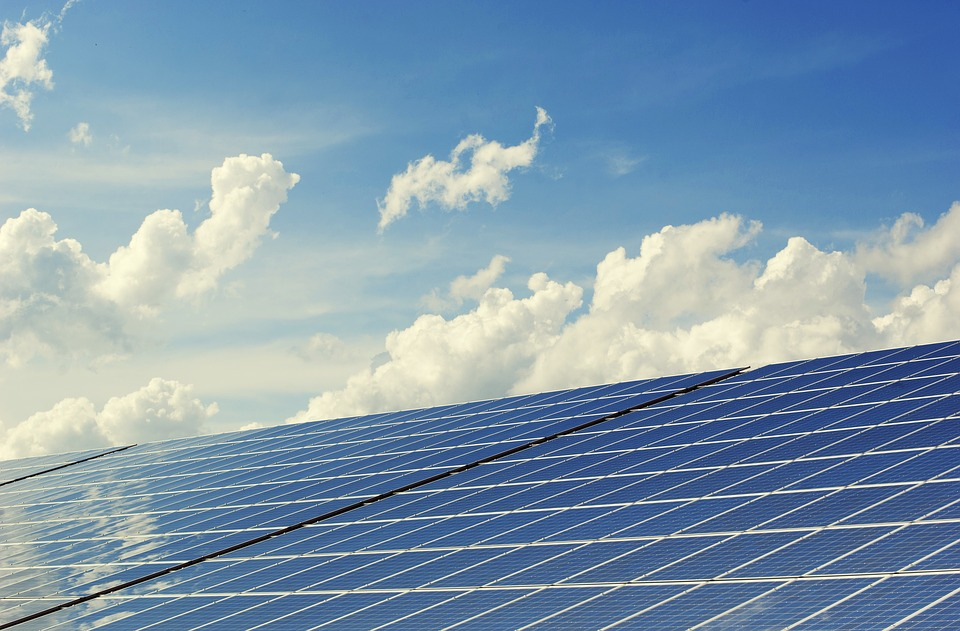
As Novac/Vedran Marjanovic writes on the 2nd of July, 2020, coronavirus threw a spanner in the works for many, but the pandemic failed to hinder Hrvatska elektroprivreda (HEP) in its investment plans.
Moreover, this year will be a record year in the company’s history with investments of 4.9 billion kuna, said HEP’s Frane Barbaric at a recent presentation of eleven of HEP’s new investments in solar power plants.
”We’re one of the largest investors in the country and a driver of economic development. Last year alone, we exceeded our investments when compared to the previous year by more than 40 percent, and this year and next year we’re making additional strides. After that, we’ll continue with the same intensity of investment, from 2021 to 2024 we plan to invest 14.5 billion kuna, all in accordance with the strategic commitment of HEP as the carrier of low-carbon energy transition in Croatia,” announced Barbaric.
Among the company’s current green investments, he singled out the Senj hydropower system project, worth 3.4 billion kuna and with an expected connection capacity of 412 megawatts of electricity.
When it comes to the company’s investments in solar power plants, Barbaric announced the imminent connection to the power plant system on Vis and in Marici near Zminj.
”Our plan is to have 1,500 new megawatts of electricity from renewable energy sources in the system by 2030, of which 350 megawatts will be from solar power plants. In the part related to new solar power plants alone, we’ll turn Croatia into one large construction site,” said the President of the Management Board of HEP, drawing attention to cooperation with Croatian companies in the construction and equipping of these new renewable energy plants.
In the case of investments in eleven solar power plants presented by HEP recently, these regard investments in cooperation with municipalities and cities that responded to last year’s public call to find locations for the construction of solar power plants.
As it was heard at the presentation, the interested municipalities and cities submitted letters of intent on possible locations to HEP, and then the company analysed them and made a decision on how the investment will be carried out. The options were a partnership between HEP and local self-government units, an independent investment by HEP, or an independent investment by a municipality or city itself.
From mid-last year to April 2020, HEP signed contracts for the development of solar power plants with eleven Croatian municipalities and cities. Among other things, HEP signed contracts with the municipalities of Krsan in Istria and Lipovljani in Sisak-Moslavina County. In the first case, a solar power plant with an expected connection capacity of 40 megawatts will be constructed, and in the second, a facility with a capacity of 25 megawatts will eventually come to be. In total, the inclusion of all eleven Croatian solar power plants in the system will generate 120 megawatts of new power.
A new invitation from HEP to local self-government units to express their intention to jointly invest in solar power plants is now underway. At the recent presentation of eleven joint investments from HEP and local self-government units across Croatia, the Minister of Environmental Protection and Energy, Tomislav Coric, expressed his belief that HEP’s new call for joint investments will result in an even better response from municipalities and cities across the country.
For more, follow our business page.








